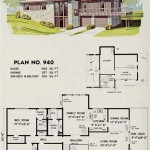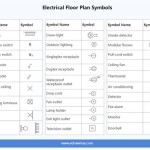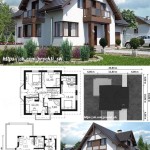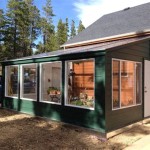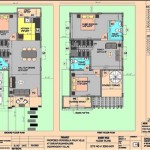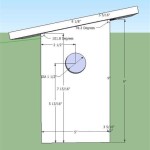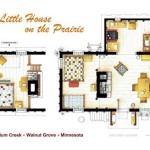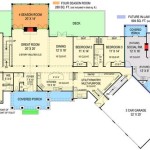Essential Aspects of House Plans for Log Houses
Log houses exude a timeless charm, promising warmth, durability, and a unique connection with nature. Designing a log house requires careful consideration of various aspects to ensure functionality, aesthetics, and structural integrity. Here are some essential aspects to keep in mind when selecting house plans for your log home:
Log Type
The type of logs used in construction influences the overall look and feel of your log house. Round logs, with their natural bark intact, offer a rustic and traditional appearance. Half-logs, with one side flattened, provide a smoother finish and allow for more intricate detailing. Square logs, milled from logs with all four sides planed, provide a contemporary aesthetic and allow for easier finishing.
Log Size
Log size significantly impacts the visual impact and thermal performance of your log house. Larger logs, typically ranging from 8 to 12 inches in diameter, offer superior insulation and create a more substantial appearance. Smaller logs, around 6 to 8 inches in diameter, provide a lighter and more delicate aesthetic while still offering good insulation.
Roof Design
The roof design plays a crucial role in the overall architectural style and functionality of your log house. Steeply pitched roofs, such as a gable or gambrel roof, allow for efficient snow drainage and add height to the structure. Lower-pitched roofs, such as a hip or shed roof, provide a more modern look and can complement smaller log sizes.
Floor Plan Layout
The floor plan layout should cater to your specific needs and lifestyle. Open floor plans, with minimal walls and partitions, create a spacious and inviting atmosphere. Closed floor plans, with more defined rooms, provide privacy and quieter spaces.
Energy Efficiency
Log houses naturally offer good insulation due to the thermal properties of wood. However, incorporating energy-efficient features such as double-glazed windows, proper air sealing, and energy-efficient appliances can significantly reduce heating and cooling costs and enhance the overall comfort of your home.
Land Orientation
Consider the orientation of your land when selecting house plans. South-facing windows maximize natural light and passive solar heating, reducing energy consumption. Pay attention to prevailing wind directions to optimize ventilation and minimize drafts.
Professional Guidance
Working with an experienced log home designer or architect is highly recommended. These professionals can guide you through the design process, ensuring that your house plans meet your specific needs, building codes, and aesthetic preferences. They can also help navigate the complexities of log home construction.
By carefully considering these essential aspects, you can create a log house plan that perfectly captures your desired lifestyle, aesthetic, and functionality. Embrace the unique charm and warmth of a log home while ensuring it meets all your practical and environmental needs.

Small Log Homes Kits Southland

Log Home Plans Cabin Designs From Smoky Mountain Builders Tiny Houses To Large Homes

Log Home And Cabin Floor Plans Custom Handcrafted Homes Us Europe

Log House Plans Google Search Home Cabin Homes

Log Home Plans Floor Plan Designs Blueprints Houseplans Com

My Dream Home I Love How The Windows Are Trimmed In Red Log Plans Floor Cabin

Tiny Houses Living Large Southland Log Homes

Plan 012l 0020 The House

Log Home Plans Floor And Designs For Houses

Log Home And Cabin Floor Plans Custom Handcrafted Homes Us Europe

